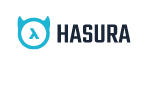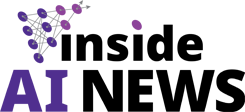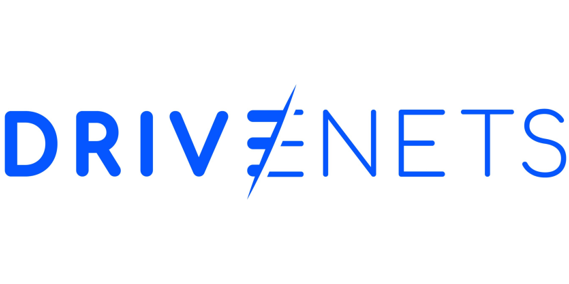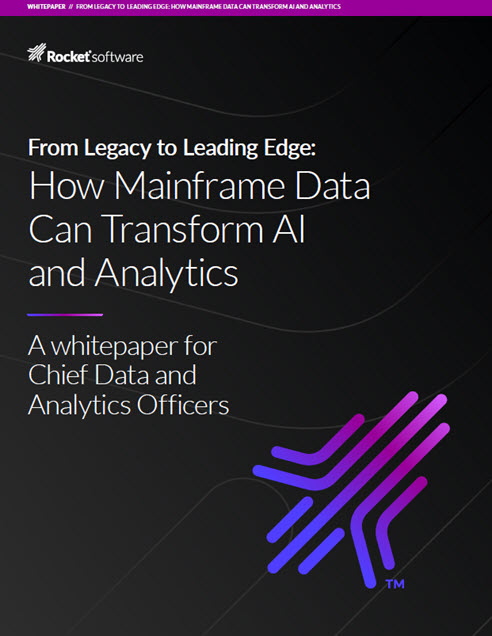Federated multi-team CI/CD, modularized multi-repo metadata, team-based governance, and new schema registry with tracking let teams iterate independently while ensuring compliance with centralized policies, an increasingly critical capability in the AI era

Data API and GraphQL leader Hasura announced significant innovations that enable unified access to distributed data, governed by a central semantic and authorization framework. This solves one of the hardest problems facing businesses building AI features and products: connecting their LLM models to enterprise data, composed from multiple domains, while complying with governance and security policies. New capabilities that extend Hasura Data Delivery Network’s (DDN) metadata-driven API approach include modular metadata, multi-team CI/CD workflows, domain-level permissions on the federated API (supergraph), and a new schema registry and changelog.
“ESG research has shown that data access is the number one challenge for enterprises when managing data science lifecycles,” said Torsten Volk, Principal Analyst at ESG. “Increasingly stringent governance requirements and an increasing volume of GenAI workloads will further intensify the issue. Hasura’s ability to govern access to federated data based on a central set of declarative policies could significantly alleviate this issue by dynamically defining and continuously enforcing data access based on metadata describing relevant factors regarding the user’s identity, the current project, and the specific data being requested. This declarative approach being able to adapt to today’s glut of continuously new data sources sounds very exciting indeed.”
Hasura has long stood out for its metadata-driven approach to building fast, secure, and composable data APIs. This metadata, based on an open specification, declaratively models the domain, entities, relationships, and permissions as a semantic graph to be exposed via the API. It acts as a blueprint for the Hasura engine to compile incoming API requests into efficient distributed queries executed against upstream data sources. This metadata-driven method enhances governance in the data access layer – what you model is what you serve. Hasura can also generate this metadata by introspecting domains, further boosting productivity.
New capabilities introduced today extend the power of the metadata approach to federated, multi-team setups, enabling data federation and streamlining governance, a critical capability in the AI era. They include:
Modular, multi-repo metadata
The Hasura supergraph (unified API) is powered by metadata, which is like the blueprint for the API. Hasura DDN now features modularized metadata, enabling domain teams to manage and iterate on just their team’s metadata in independent repositories. Earlier versions of Hasura required multiple teams to manage metadata from a single repository. The introduction of modularized metadata lets teams enjoy all the benefits of metadata-driven APIs – such as automation, governance, and standardization – in a multi-domain environment.
Federated, multi-team CI/CD
A new, federated build and release framework enables each team to independently iterate on the metadata and publish their changes as domain-level builds. All builds are instantly validated within the supergraph context, flagging conflicts early and reducing wasted development cycles. Domain-level builds can be tested against any supergraph build, not just the production variant. Combined with instant preview, publish, and rollback capabilities, this brings unprecedented ease, fluidity, and speed to cross-domain collaboration on a unified access layer.
Hierarchical, domain-centric access control
A new decentralized authorization system, paired with the new federated development capabilities, enhances governance and control in multi-team setups. At the domain level, developers can evolve their metadata, create domain-level builds, and combine those builds with others to preview different supergraph versions. However, only domain admins can apply changes to the production supergraph, ensuring controlled updates without sacrificing autonomy and speed at the domain level.
Schema registry and changelog
A new schema registry simplifies schema evolution and management at both the team and central levels. It includes a powerful schema diff tool, accessible via the terminal or UI, that allows users to compare builds and identify safe, dangerous, and breaking changes. Paired with API analytics, this feature allows developers to understand the downstream impact of their changes, communicate effectively with impacted API consumers, and evolve their API safely and confidently.
“Despite all the advances in data storage, compute, and governance technologies, streamlined data access, especially across distributed domains, remains an elusive goal,” said Tanmai Gopal, co-founder and CEO of Hasura. “The innovations we are announcing today for Hasura DDN enable organizations of all sizes and skills to reap the benefits of federated data access patterns, powered by the supergraph architecture. This will accelerate all use cases, but will be especially beneficial for the plethora of GenAI use cases that are hindered by data access challenges.”
Sign up for the free insideAI News newsletter.
Join us on Twitter: https://twitter.com/InsideBigData1
Join us on LinkedIn: https://www.linkedin.com/company/insideainews/
Join us on Facebook: https://www.facebook.com/insideAINEWSNOW




